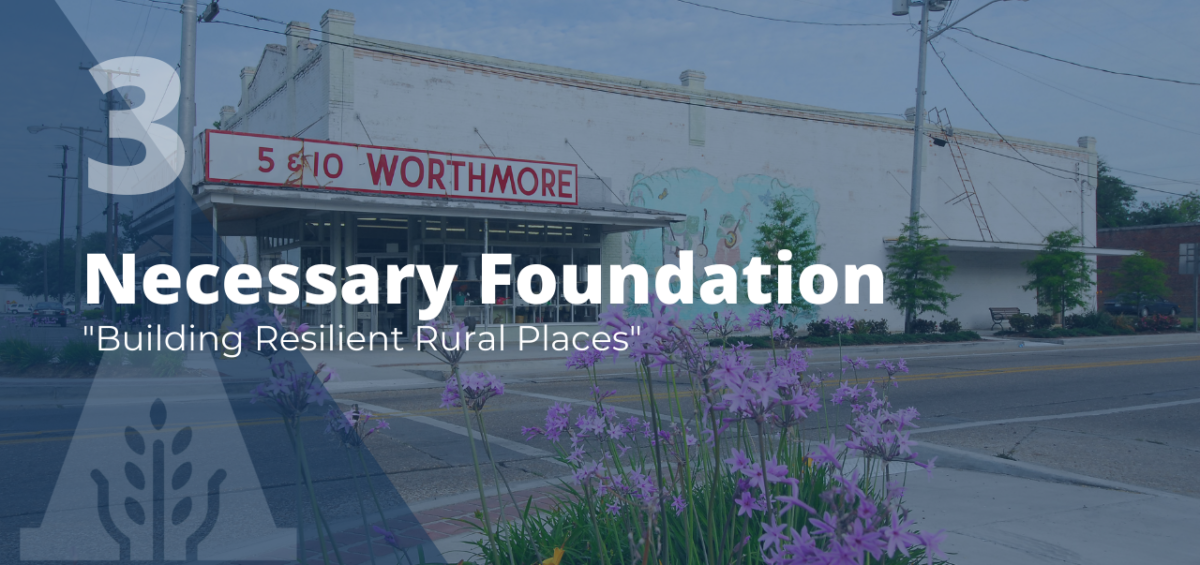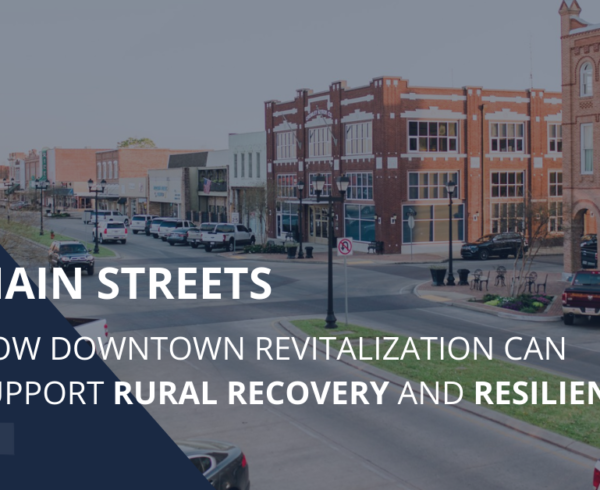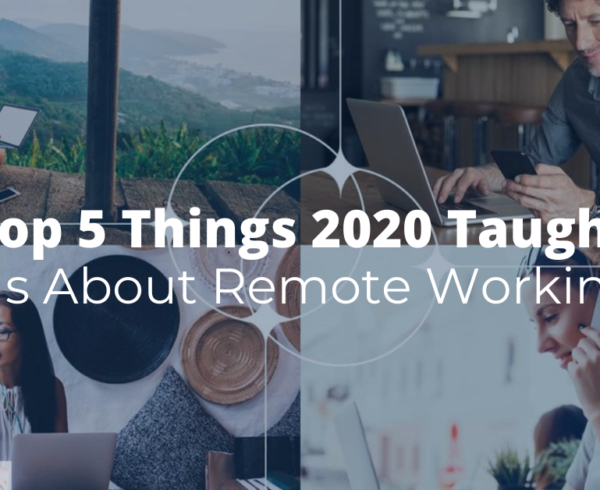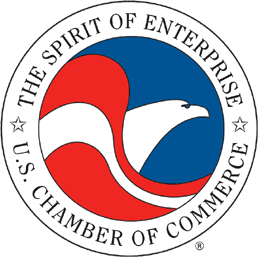As the nation’s worst COVID-19 outbreaks concentrated in remote rural towns this fall, the geographic isolation once thought to shield them from the pandemic swiftly transitioned into a severe disadvantage. Rural communities and the small businesses and residents within them faced overlapping, systemic challenges entering this crisis. Rural residents—particularly Black, Native American, and Latino or Hispanic residents—lack adequate access to health care and broadband connectivity, often have to travel long distances to obtain fresh food, and are disproportionately likely to struggle with poverty, debt, and isolation. Rural small businesses face similar challenges in broadband access and access to capital, and are suffering further due to their concentration in the most immediately vulnerable industries. As we and others have argued since the outset of the crisis, rural residents and small businesses will undoubtedly require concentrated fiscal relief to survive.
Yet, within rural communities, there are distinct place-based advantages that may help small businesses and residents mitigate some of these barriers. Our previous research indicates that businesses in denser rural commercial corridors and Main Streets are leveraging their physical locations to more durably withstand economic hardship. These businesses can coordinate with other businesses, seek support from place-based business associations, attract on-foot customers to make up for lost revenue, and adapt their business models in creative ways by virtue of their proximity to other businesses and amenities.
In many cases, these place-based advantages are the result of pre-pandemic efforts to revitalize rural downtowns into walkable, mixed-use hubs that support a concentration of small businesses, increase housing stock, and leverage existing assets for community revitalization. Often in partnership with Main Street programs and other place governance organizations, these downtown revitalization efforts are street-level solutions rooted in local context that support small businesses and residents by leveraging proximity and increasing the dense clustering of public and private amenities downtown. As federal relief lags behind small business and resident needs, it is imperative to understand these homegrown strategies working to build resilience, as they will play an outsized role in recovery.
This brief examines how rural downtown revitalization strategies can support built environment and quality-of-life improvements that benefit underserved residents and small businesses amid this economic crisis and beyond. As part of a five-part series, it draws from on-the-ground research in three rural communities at the outset of the COVID-19 outbreak in the United States to highlight key lessons learned for other rural communities and point to the policy and capacity-building supports needed to sustain, improve, and scale downtown revitalization strategies.
Why a flexible, accessible, healthy built environment matters for rural resilience
Despite mainstream portrayals that often define rural areas by their deficits, rural communities possess a diverse array of local assets that can be leveraged to support revitalization. In the case of many rural towns, this includes their historic building stock—typically concentrated in denser downtowns—that can be repurposed for mixed-use development that supports a diversity of small businesses and housing options for residents. Yet in many places, these assets remain vacant and underutilized, as communities struggle with absentee landlords, poor building conditions, vacant properties, a lack of residents downtown, and a host of regulatory barriers.
To mitigate these challenges, downtown revitalization efforts—typically led by a Main Street organization or other place governance entity—strive to implement programs that restore and activate older buildings, coordinate city officials and developers to increase the downtown housing stock, and engage in efforts to foster walkability and streetscape improvements. Despite the widespread adoption of these strategies, however, research on their effectiveness and reach is limited—with most studies detailing the number of buildings rehabilitated or the public and private spending invested downtown, but revealing little about the holistic impacts of these improvements, who benefits from them, and how these benefits can be more widely shared.
The stakes for understanding these dynamics are high—and not just for rural small businesses. Residents in rural America face significant quality-of-life challenges, including declining populations, job losses, poor internet connectivity, limited food access, and poorly funded community services. These challenges are not equally distributed, with Black and Native American residents in rural communities facing heightened barriers in overall quality of life, internet access, and the ability to pay off unexpected expenses. To improve quality of life and retain residents, rural areas must not only enhance residents’ access to economic opportunity, but also invest in quality housing, broadband connectivity, and amenities like grocery stores that can benefit underserved residents. Downtown revitalization is one strategy for getting there, but we need to know if it can be leveraged to not only support small businesses, but also to close quality-of-life gaps and contribute to a more equitable future for rural America.
Findings: Can downtown revitalization support built environment and quality-of-life improvements that benefit underserved rural residents and small businesses amid this economic crisis and beyond?
To understand the how downtown revitalization contributes to built environment and quality-of-life improvements in rural areas, we interviewed 62 small business owners and other key stakeholders and conducted more open-ended focus groups with small businesses and residents. Our research revealed two primary findings, which together suggest that downtown revitalization is an effective strategy for fostering small business and housing density downtown and for closing gaps in food access. However, further investment in and attention to quality housing and multimodal transportation are needed to ensure all residents benefit.
Finding 1: Downtown revitalization promotes mixed-use development for retail and housing units— supporting the density and walkability that can help rural communities build resilience. However, affordability remains a concern.
True to their aim, downtown revitalization efforts were successful in leveraging historic assets to foster small business and housing density downtown. This facilitates the conditions of proximity and walkability needed for small businesses to coordinate with one another amid the pandemic and have a residential base of customers nearby. However, a mismatch between residential prices downtown and incomes raises affordability concerns.
In coordination with public and private officials, downtown place governance organizations leverage historic building stock to increase small business density—creating conditions to support small business resilience: The historic building stock downtown was both a challenge and asset for small business owners. Main Street organizations in all three communities helped them navigate challenges related to structural conditions, outdated systems, inhospitable floor plate dimensions, and a host of other built environment concerns. They coordinated across sectors to advocate for infrastructure improvements, created historic districts and tax credit programs, advocated for incentive programs to improve commercial facades, acted as a matchmaker for commercial tenants to share vacant spaces together, and offered low-cost incubator spaces with free internet access.
Together, these efforts helped foster small business density downtown and create the conditions for small businesses to collaborate with one another and leverage place-based advantages amid the COVID-19 crisis. Pre-pandemic efforts to foster small business density had other unforeseen benefits too; Main Street organizations have cultivated relationships with developers and absentee property owners to advocate for business owner interests, and were able to leverage these relationships to negotiate rent concerns amid COVID-19.
Downtown revitalization can increase demand for—and the availability of—downtown housing. However, more residents need access to quality housing: Housing availability in rural communities’ downtowns is scarce and in high demand. Main Street programs made adding market rate housing units a key component of their downtown revitalization strategy. Establishing a housing market in a rural downtown is also an important step in boosting pedestrian activity and supporting small businesses.
While these strategies were successful in increasing the supply of market rate housing downtown, they also created a concerning mismatch between the cost of housing and many residents’ income levels—leading to a divide between higher-end downtown apartments and older, more modest buildings nearby. Thus, while downtown revitalization efforts were successful in increasing residential units downtown (providing a durable customer base for downtown businesses amid the pandemic and quality housing for those who could afford it), investments in accessible, quality housing for a broader swath of residents are also needed to meet demand.
Downtown revitalization enhances walkability in rural areas, but investments in multimodal transportation options would ensure that more residents can benefit: By cultivating a dense concentration of housing and small businesses downtown, revitalization efforts have helped create the conditions for improved walkability, health, and sustainability in rural communities. Public officials, residents, and business owners in communities touted the number of local retailers and restaurants that were easily accessible on foot. Programs such as façade improvement grants or public art installations also made the downtowns more attractive to pedestrians.
However, this walkable, amenity-rich lifestyle remains out of reach for some. Partially contributing to this are inequities in the level of transit service offered. Main Street programs attempted to mitigate some of these barriers by partnering with city and nonprofit stakeholders to anchor a new downtown business right next to a main bus station, but incompatible hours and poor connectivity still prevented many from accessing it.
Finding 2: Downtown revitalization can help increase access to healthy food—a critical first step in mitigating quality-of-life gaps.
Many communities faced severe gaps in healthy food access prior to downtown revitalization. The Main Street organizations can coordinate with nonprofits and cities to locate a nonprofit food co-op in a central location downtown. Supporting local farmers and food makers, as well as providing residents with access to fresh, healthy foods is a must to increase the quality of life. To help ensure more low-income residents could access fresh food from the co-op, they can offer matching programs for federal food benefits.
Year-round farmers markets can form a backbone of a strategy to both increase food access and support nearby farmers, makers, and residents. These pre-pandemic efforts to increase food access and direct-to-consumer models have been instrumental during COVID-19, when food insecurities are heightened and local markets are playing an outsized role in feeding food-insecure residents. While there is still much to be done in closing quality of life gaps, reducing the amount of time residents have to travel to obtain fresh food is one critical step for getting there.
Conclusion
The relative geographic isolation of rural communities places them at a disadvantage in the national recovery trajectory. But the physical proximity within rural communities—the ability to walk from place to place, the proximity of business owners to each other, and the mix of housing, businesses, and amenities within a place—can help them endure the pandemic’s economic effects and build resilience in the long term.
Moreover, through this research series, we demonstrate how local leaders are not only encouraging the proximity and connectivity between businesses and residents, but are implementing holistic strategies to build rural resilience in the months and years to come. These leaders are playing an outsized role in small business survival, strengthening social ties between neighbors, and nurturing new civic structures to advance community priorities. As we look toward promoting a more even economic recovery, it is imperative to invest in, adapt, and scale the efforts that nurture these benefits and bolster rural community leaders as they embrace new ways of thinking that support inclusive, vibrant, and connected places in the long term.
This blog post is the fourth in a series titled “Building Resilient Rural Places.” The information found on this post, as well as all the post in the series, comes from a collection of reports done by Brookings. To see the full text of this report, along with links to their other reports, click here.













